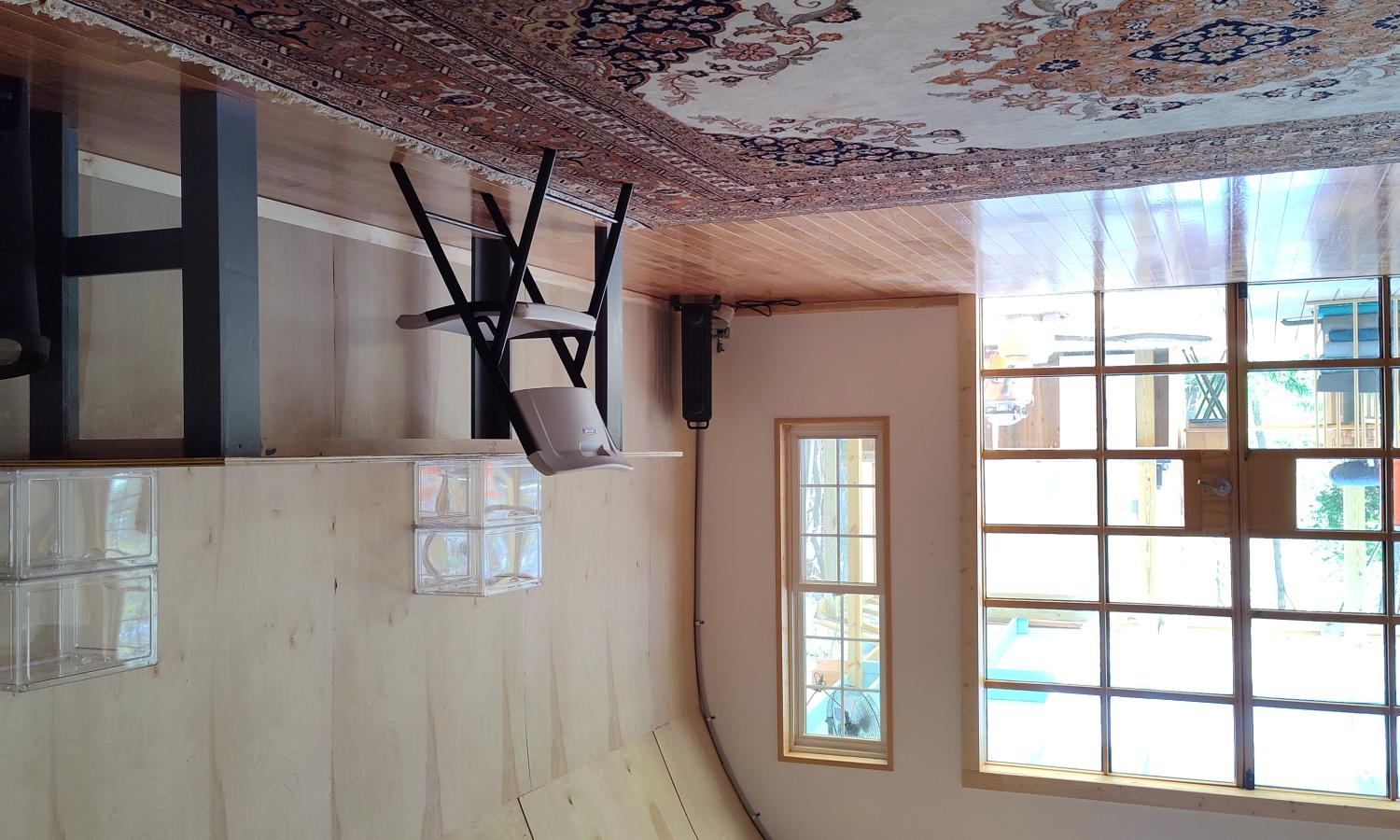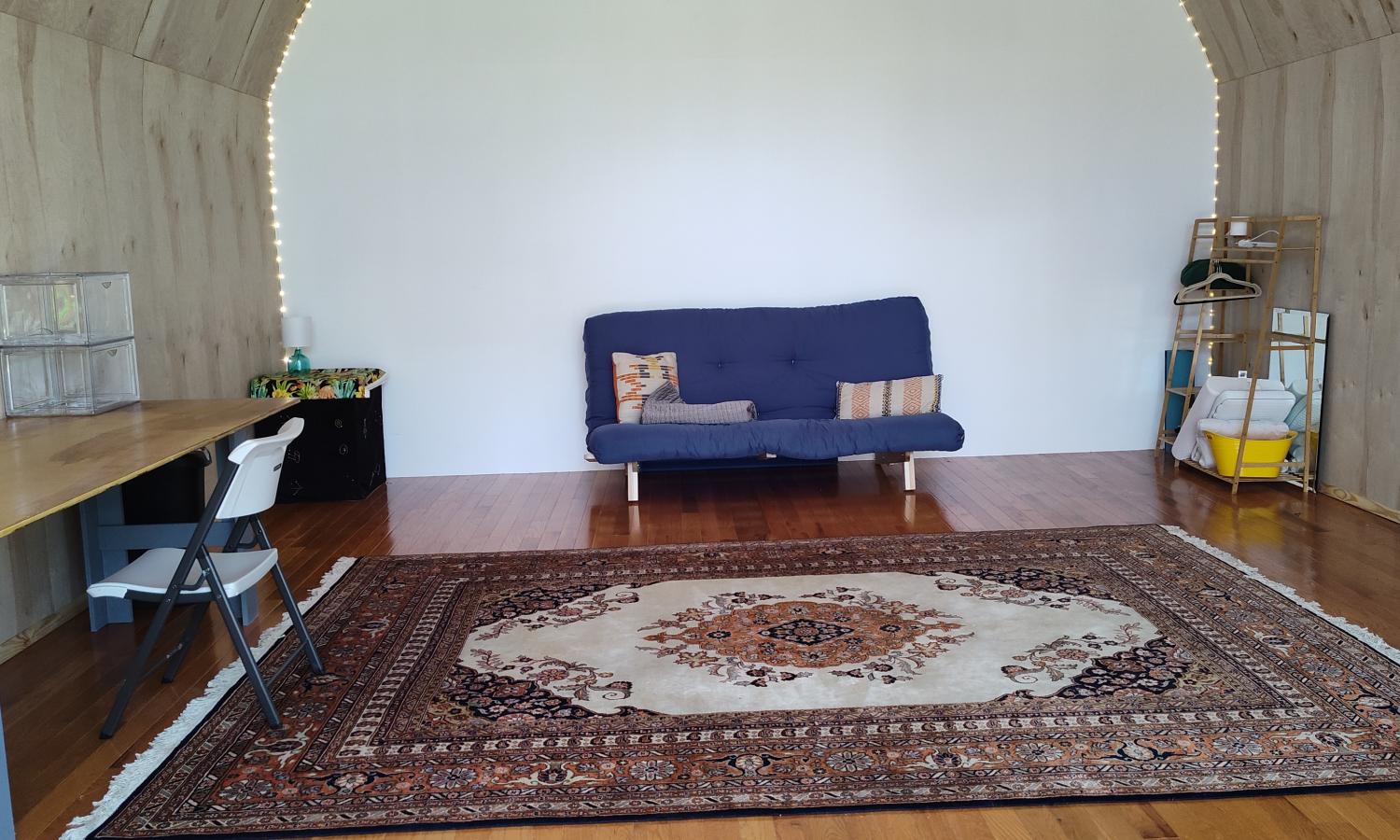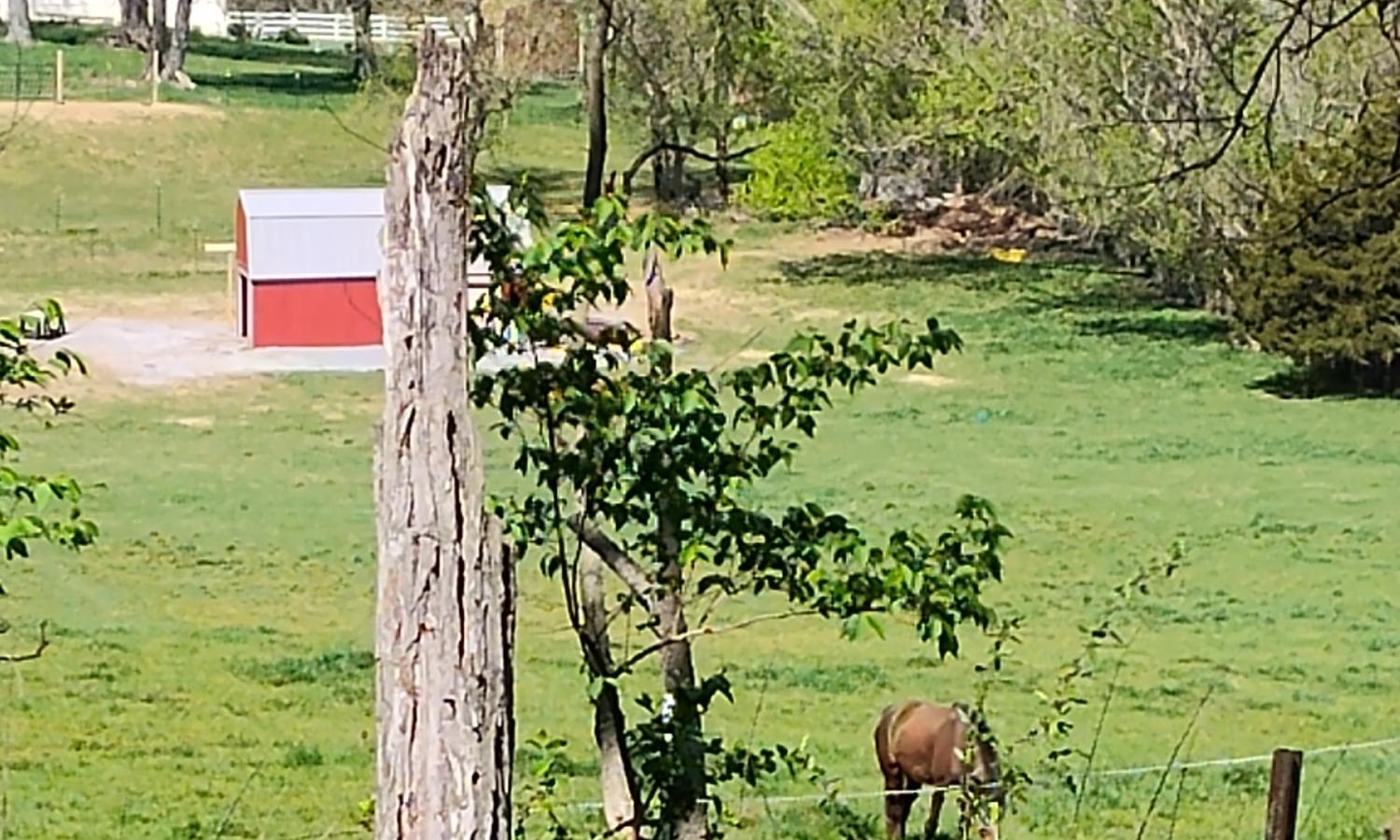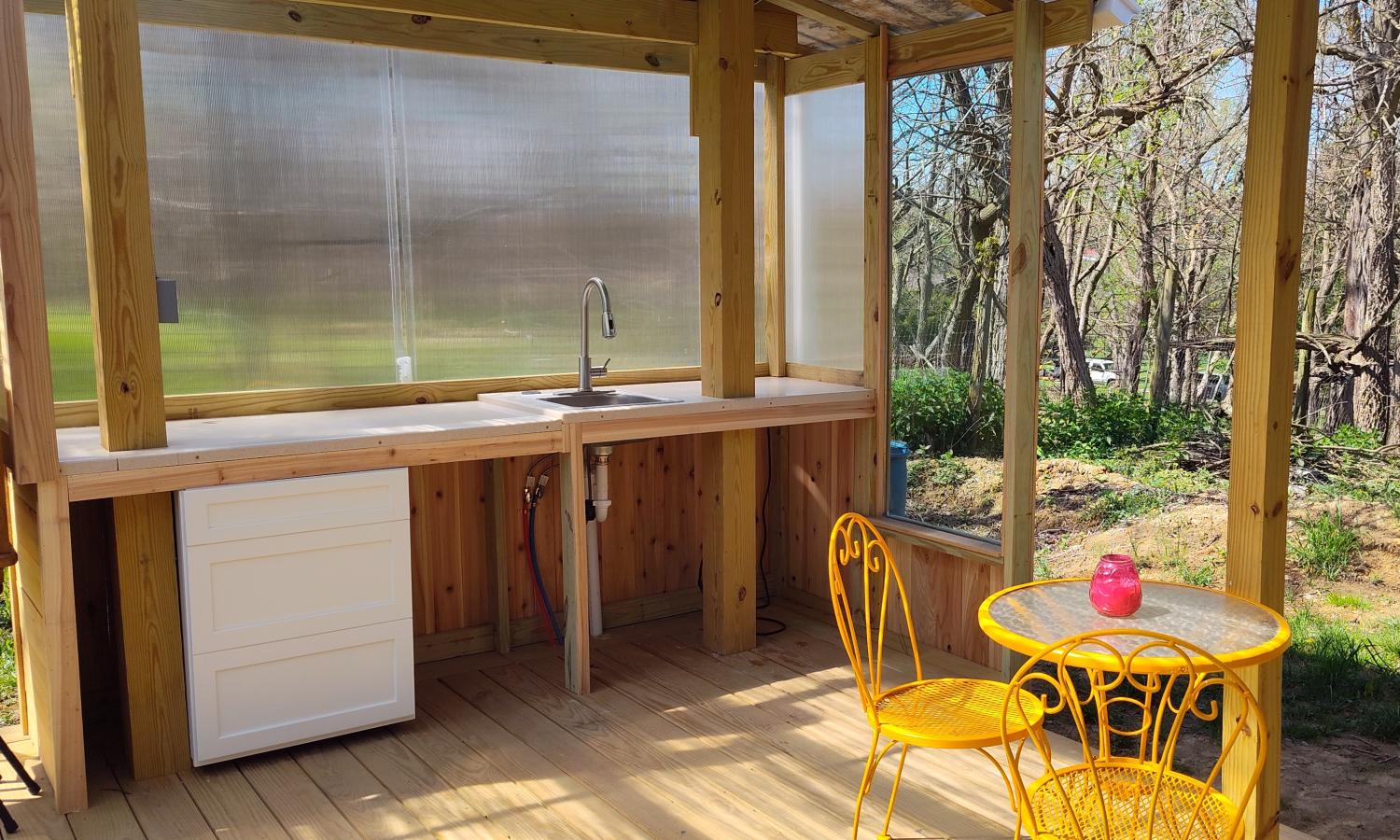QHHQ Self-Guided Residency
A retreat-style residency in the Quonset Hut Headquarters in Bakerton, WV.
At its most basic, a residency is a place for someone to live and work. What to work ON is determined by the resident.
The self-guided residency does not require any involvement with the community, any sort of exhibition or output, or even frequent interaction with your hosts. It is self-catered, and no administrative help is included other than guiding potential residents towards possible funding sources (if needed) and connecting the resident to local resources.
Any specialized equipment needs, administrative help, exhibition or workshop assistance can be arranged for a fee.
Material needs must be provided by resident
Potential for collaboration with local community, exhibition in the Wayside Wondercabinet exhibition space, or other site-specific venues depending upon the project.
Our focus is on identifying and addressing the themes of rural transition—through participatory research with creatives and communities in the exurban environment of the Shenandoah Valley (Virginia, West Virginia, Maryland.) Our approach is simultaneously artist-initiated and community-driven.
Residents can be given production help and space, administrative assistance, networking opportunities, as well as guidance on local customs and issues relating to contemporary rural life.
Open to all artists, movers, scientists, farmers, historians, musicians, writers, journalists, filmmakers, and others.
AMENITIES
*Convertible bed/sofa, re
480 Carter Ave
Harpers Ferry, WV 25425
United States
Residency Program Information
Residency Program Summary
Application Information
Applicants must already legally reside in the U.S., or are able to secure a U.S. Visa without help from us.
Costs:
$500 for 1 week stay
$800 for 2 weeks
$1,100 for 3 weeks
$1,500 for 1 month
Prices include water and Internet. A charge may be incurred for excess electricity usage.
While we do not provide funding for self-guided residencies, explore some of these lists for grant and award possibilities. In most instances we can provide and invitation or letter for your grant application if you are applying to finance your residency with us
Arts and Mobility (travel) Grants https://artistcommunities.org/funding-fees-fellowships
State and Local Arts Councils https://www.arts.gov/state-and-regional-arts-organizations , https://usregionalarts.org/
>>It also is worth contacting any affinity groups that correspond with any themes you may be working with, or whose mission includes working with artists or projects which share your regional, ethnic, or national identity. Additionally, many foreign cultural foundations, or embassies, consulates, or cultural attachés in the U.S. will offer support for exhibiitons, performances, or presentations. Corporations or businesses can also be helpful partners if your activities will somehow promote their business<<
Accessibility
Unfortunately, the residency is only pedestrian-accessible. It can be reached on foot, by wheelchair, or via motorized assistive device. However, the bathroom and shower are not big enough to accomodate assistive devices.
Any communication technology that may be needed can be discussed, and staff can be available to read or interpret written word or visual information if needed.
Ideally, we would be able to accommodate all needs for those with limited mobility. However, that is not possible given the circumstances. We can spend considerable effort on describing the setting and trouble shooting possibilities for accessibility for those who have limited mobility.
The live/work studio is situated through a rocky, grassy yard (200 yards) after parking in a gravel driveway. Once you arrive at the studio, there is a low wooden porch with a small "ramp". The entry doors to the live/work studio are large glass door which swing out and must be opened and closed by hand.
The bathroom facilities (an outdoor treated rainwater shower and composting toilet) are not accessible via wheelchair. The shower and toilet can be outfitted with stools, handles, and rails, but the space is confined and cannot accommodate devices larger than a cane.
The kitchenette has countertops which are 3.5" from the floor of the porch, so would be difficult to reach while sitting.
Housing & Accomodation
Studio & Facilities
Specialized equipment and workspace can be discussed on a case by case basis







